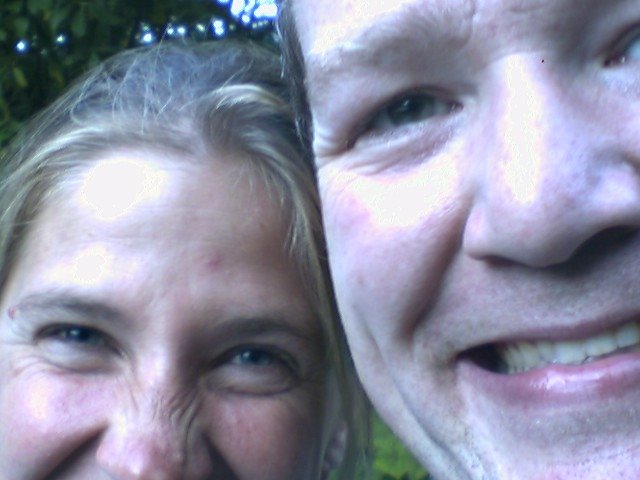the old spelling of "google", and the unutterably kewl googol multiplex
(the unutterably kewl thing is bolded, further down)
Used to be "googol". It meant a really fraking huge number. Specifically 10^100. (apparently a number bigger than the total number of atoms in the observable universe.)
Some fellow named Milton Sirotta coined it in 1938. I bet a lot more people have heard of Sergey Brin and Larry Page than ever heard of Milton Sirotta. Still, the word had a good run, 60 years.
According to the wiki article, the official name of 10100 is
ten duotrigintillion on the short scale, ten thousand sexdecillion on the long scale, or ten sexdecilliard on the Peletier long scale.
No wonder Sirotta coined "googol" for it.
See also googolplex, which is 10googol (that is, 1010100)
Do any of you understand the following section from the googleplex article above? Cause I do, and am delighted by it.
In pure mathematics, the magnitude of a googolplex is not as large as some of the specially defined extraordinarily large numbers, such as those written with tetration, Knuth's up-arrow notation, Steinhaus-Moser notation, or Conway chained arrow notation. Even more simply, one can name numbers larger than a googolplex with fewer symbols; for example, 99999
This last number can be expressed more concisely as 59 using tetration, or 9↑↑5 using Knuth's up-arrow notation.
Even larger still is the "googol multiplex", which was defined by Paul Doyle (University of Maryland, College Park, 1981), using Knuth's up-arrow notation as Gp↑↑Gp, where "Gp" = a googolplex.
Yet, much larger still is Graham's number, perhaps the largest natural number mathematicians actually have a use for.
A googolplex is a gigantic number that can be expressed compactly because of nested exponentiation. Other procedures (like tetration) can express large numbers even more compactly. The natural question is: what procedure uses the smallest number of symbols to express the biggest number? A Turing machine formalizes the notion of a procedure or algorithm, and a busy beaver is the Turing machine of size n that can write down the biggest possible number. The bigger n is, the more complex the busy beaver, hence the bigger the number it can write down. For n = 1, 2, 3, 4 and 5 the numbers expressible are not huge, but research as of 2008 shows that for n = 6 the busy beaver can write down a number at least as big as 4.640 × 101439.
What's even kewler is that the googol multiplex, and Graham's number, and other rather unfathomably large numbers, are all still less than even the smallest infinity. (Or ... at least smaller than the the first transfinite cardinal number, aleph null)


1 comment:
I thought the Googol Multiplex was the new movie theater going in down in Kent. Who Knew!
Post a Comment